Trigger finger, medically known as stenosing tenosynovitis, is a condition that can cause discomfort and inconvenience in your daily life. It occurs when one or more fingers get locked in a bent position, making it difficult to move them. The condition is usually caused by the inflammation or irritation of the tendons that control finger movement. Check the following details on how the role of Physical Therapy for Trigger Finger.
Physical therapy is a critical treatment option for individuals with trigger finger. Also, physical therapists can help alleviate pain, improve the range of motion, and restore function to the affected fingers. Below are some of the ways physical therapy can help treat trigger finger:

Stretching exercises: Physical therapists can teach patients stretching exercises that help loosen tight tendons and improve range of motion. These exercises also help reduce pain and swelling.

Splinting: Wearing a splint can help keep the affected finger in a straight position, reducing the risk of it becoming locked in a bent position. In addition, physical therapist can recommend the right type of splint for each patient’s needs.

Massage and soft tissue mobilization: Massaging the affected finger and surrounding tissues can help reduce pain and improve circulation. Soft tissue mobilization techniques can help break up scar tissue and improve mobility.

Ultrasound therapy: Ultrasound therapy uses high-frequency sound waves to stimulate healing and reduce inflammation. It can be an effective treatment for trigger finger.
Education: Physical therapists can educate patients about trigger finger and teach them techniques to avoid aggravating the condition. For example, they can teach patients how to use proper hand and finger positioning when performing tasks that involve repetitive movements.
In addition to physical therapy, other treatments for trigger finger may include rest, nonsteroidal anti-inflammatory drugs (NSAIDs), corticosteroid injections, and surgery in severe cases.
It is crucial to seek treatment for trigger finger as soon as possible to prevent further damage and increase the chances of successful treatment. If you are experiencing symptoms of trigger finger, consult with your doctor or physical therapist to determine the best course of treatment for your individual needs.
Don’t let trigger finger affect your daily life! Seek help from Kinito Physical Therapy to reduce pain, improve range of motion, and restore function to your fingers. Our experienced physical therapists can develop a personalized treatment plan to address your unique needs. Contact us today to schedule an appointment with Kinito Physical Therapy!
